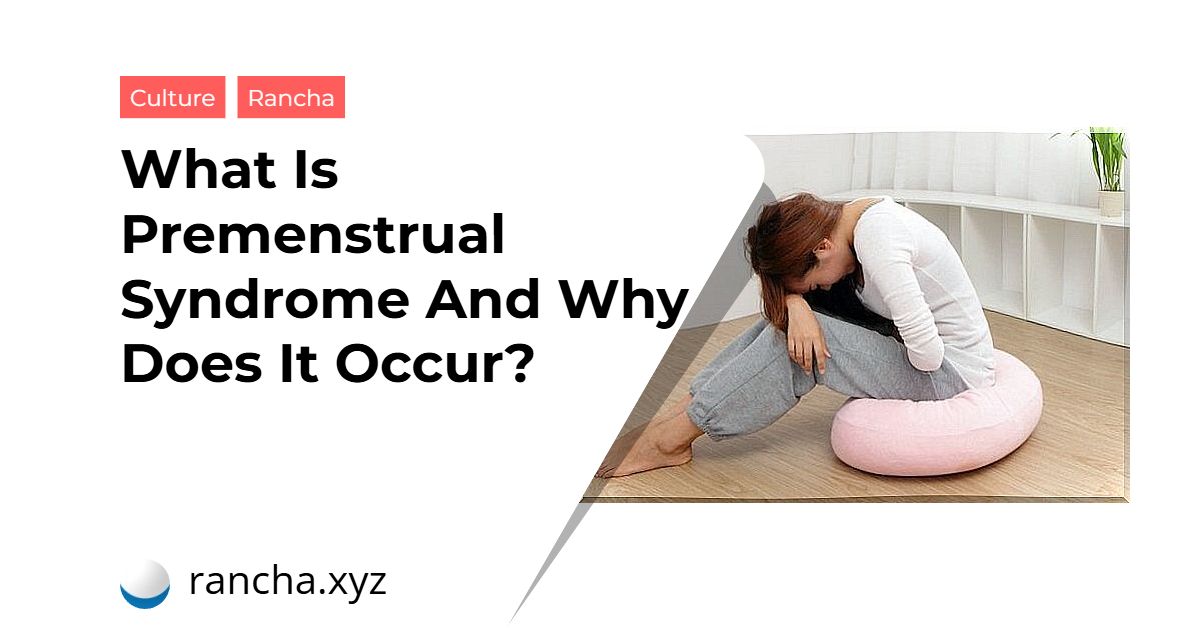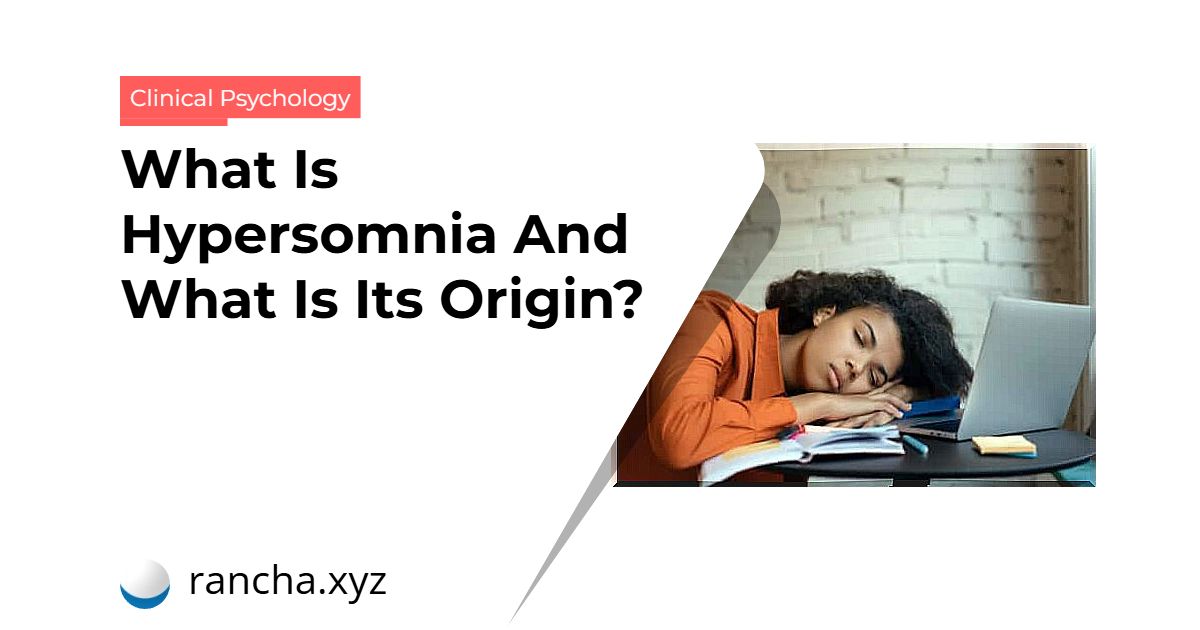Premenstrual syndrome is the storm before the storm. The weeks before menstruation cause, in many cases, a series of very annoying physical and psychological symptoms. In addition, it is known that 20% of women see their lives as very limited at this time, and therefore the need for an accurate diagnosis and a multidisciplinary approach in order to improve the daily lives of patients.
When talking about premenstrual syndrome, it is very common to pay attention to only one aspect: the woman’s mood swings. Often, one turns to look at the superficial without paying attention to the complex mechanisms that are part of the menstrual cycle. Estrogen and progesterone fluctuate from week to week, serotonin levels drop and other hormones come into action capable of promoting fluid retention, abdominal pain, headaches…
This relentless ballet of neurotransmitters and hormones leads every woman of childbearing age to a series of symptoms that can range from a simple discomfort in the breasts or a certain fatigue, to an extreme where she becomes immobile due to cramps, dizziness, vomiting and pain with a capital letter under which pain remedies are ineffective.
No wonder countries like Japan give women 3 days off for menstruation or premenstrual syndrome. This is the seirikyuuka , a license that every female worker can use if she needs it, without being deducted from her salary. Other countries clearly do not conceive of this type of initiative, but if there is one thing that is clear, it is an obvious reality: both the period itself and the weeks before it bring a series of very uncomfortable symptoms.

What is premenstrual syndrome and why does it happen?
As has been said before: not all women get to suffer a lot from the premenstrual phase and menstruation. However, it is known that more than 80% of the female population experience some type of symptom and 8% may suffer what is known as premenstrual dysphoric disorder. This last condition comes with a series of physical and psychological characteristics so limiting that it is almost impossible to lead a normal life.
Changes in premenstrual syndrome are related to the luteal phase of the menstrual cycle. When the unfertilized egg begins to disintegrate to be expelled in the form of menstruation, the release of progesterone and estrogen begins. This change, in turn, stimulates other hormones such as aldosterone, a mineralocorticoid that favors fluid retention, swelling and a feeling of heaviness…
As if that wasn’t enough, serotonin levels also drop in this period before menstruation. Thus, the feeling of despondency, tiredness, malaise or even irritation are undoubtedly part of this emotional plot so common in premenstrual syndrome.
The 4 characteristics of premenstrual syndrome
On average, it is established that the premenstrual syndrome is characterized by four alterations, by four dimensions where there are a series of very true symptoms that each woman can suffer to a greater or lesser extent. Let’s see below in detail.
PMS-A (premenstrual syndrome with anxiety)
Low levels of serotonin can cause feelings of stress, anxiety, nervousness, bad mood, constant dejection, excessive worry… It is a period that can last between 3 and 10 days, in which the woman notices a mental overload as exhausting as it is uncomfortable.
PMS-O (premenstrual syndrome with other symptoms)
This second occurrence includes all the physical characteristics that occur in the two weeks preceding menstruation. Not all women feel the same discomfort, but these are the most recurrent:
- Headache.
- Appearance of acne.
- Abdominal pain.
- Cramps
- Pain in the lower back.
- Breast swelling and tenderness.
- Joint pain.
- Episodes of diarrhea or constipation…
PMS-C (premenstrual syndrome with binge eating)
Premenstrual syndrome usually occurs with a craving for sweets, chocolate, and all sugar-rich foods. This is due to hormones. An increase in estrogen and a drop in serotonin cause a lower level of glucose. Our brain then pushes us to have a very strong craving for sweet foods.

PMS-D (premenstrual syndrome with sadness or depression)
Changes in estrogen and progesterone are linked with sleep problems, discouragement, tiredness, shortness of breath, and what’s worse, a very strong depression that presents itself almost as a true depression.
How to reduce the occurrences of symptoms associated with premenstrual syndrome?
Most women turn to non-steroidal anti-inflammatory drugs, such as ibuprofen, to reduce symptoms associated with both menstruation and premenstrual syndrome. However, it is always a good time to test other approaches that are equally or more efficient. Are they:
- Calcium and vitamin D considerably improve the symptoms of premenstrual syndrome (we can take vitamin supplements or increase the consumption of fish such as salmon, cereals, orange juice, fortified milk…)
- Magnesium, vitamin E and vitamin B6 are also very effective, particularly in reducing pain as well as swelling or fluid retention.
- Natural plants such as sage or roots such as ginger are also very suitable.
- We must reduce the consumption of foods rich in salt, refined flour, saturated fat, as well as coffee or alcohol.
- Moderate exercise is also very helpful.
- Yoga or relaxation exercises work very well.

In conclusion, it is worth mentioning that if the symptoms are very painful or prevent us from having a normal life, it is best to consult a doctor. In these cases, treatments with birth control pills or even antidepressants are common and equally effective solutions.
However, let us also not hesitate to complement this treatment with the advice given here. The multidisciplinary approach, where the natural and the psychological are integrated with the pharmacological approaches, offer us, without a doubt, a very positive response to this type of problem.
 rancha.xyz Be free to choose their own route to self-knowledge, health and balance of body and soul.
rancha.xyz Be free to choose their own route to self-knowledge, health and balance of body and soul.




